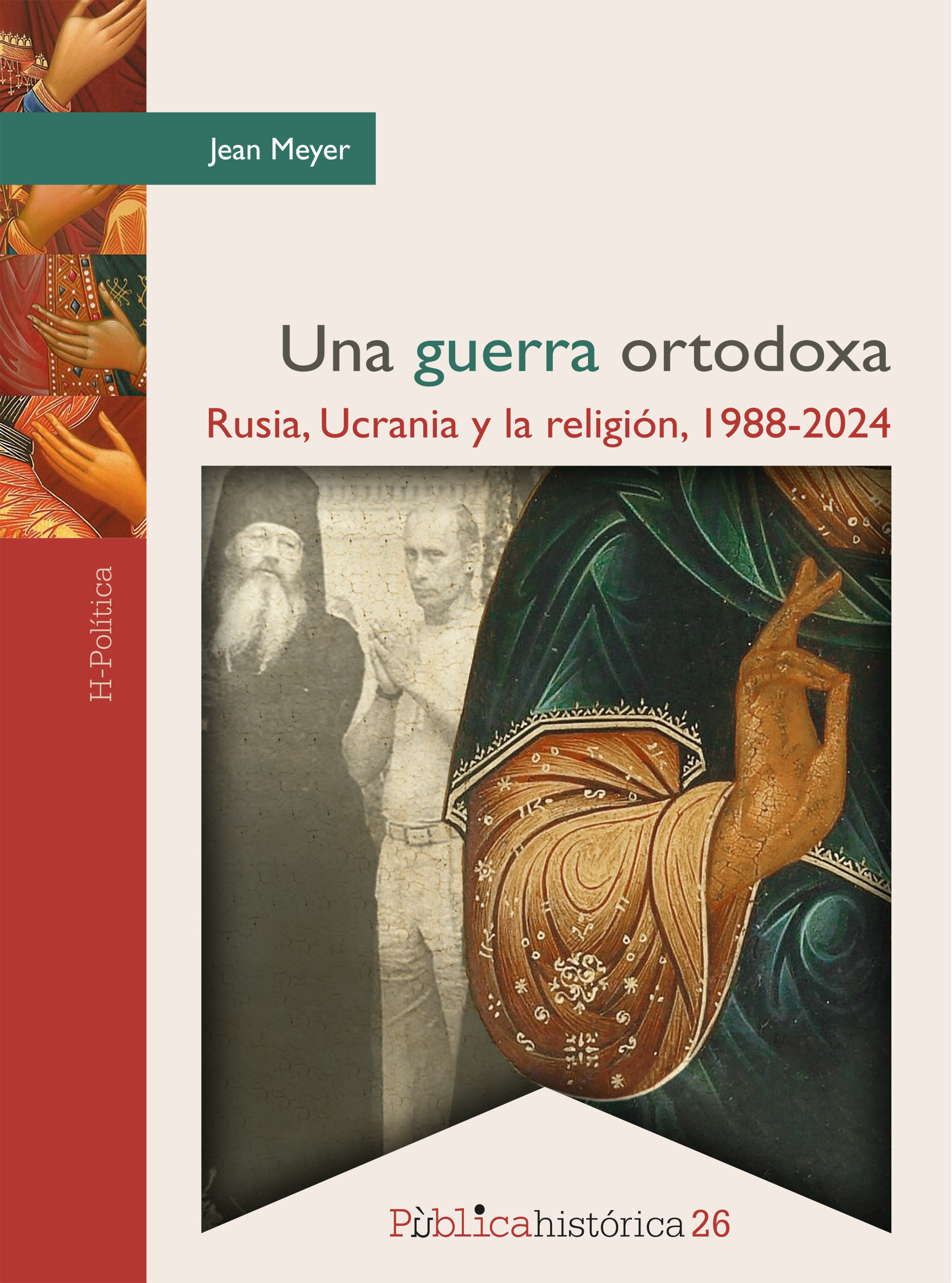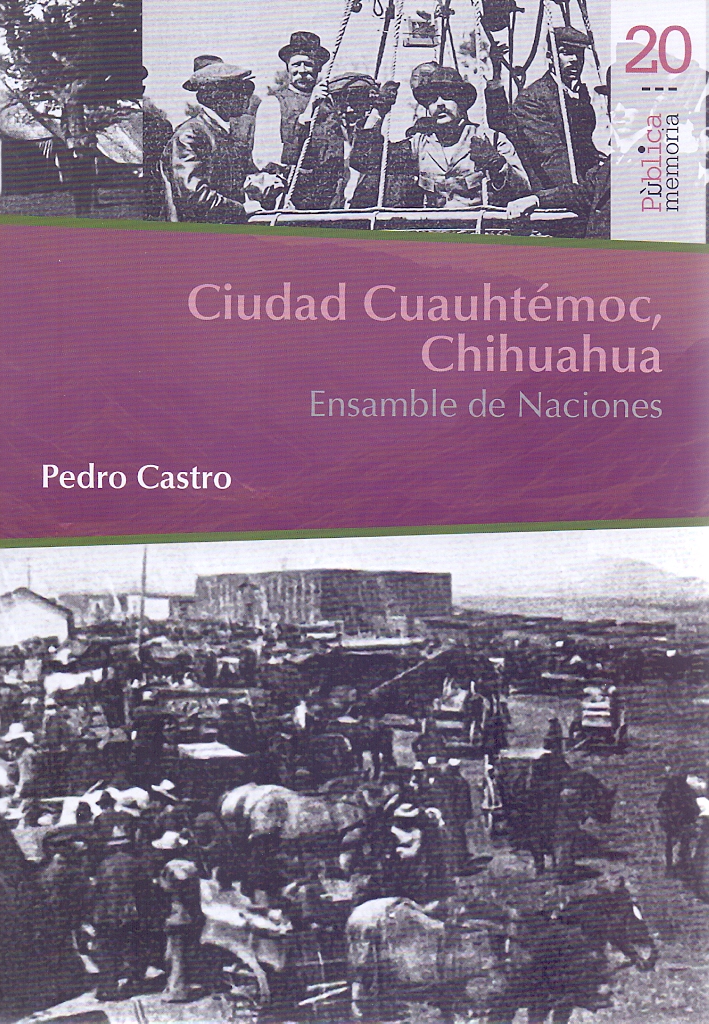Libros relacionados
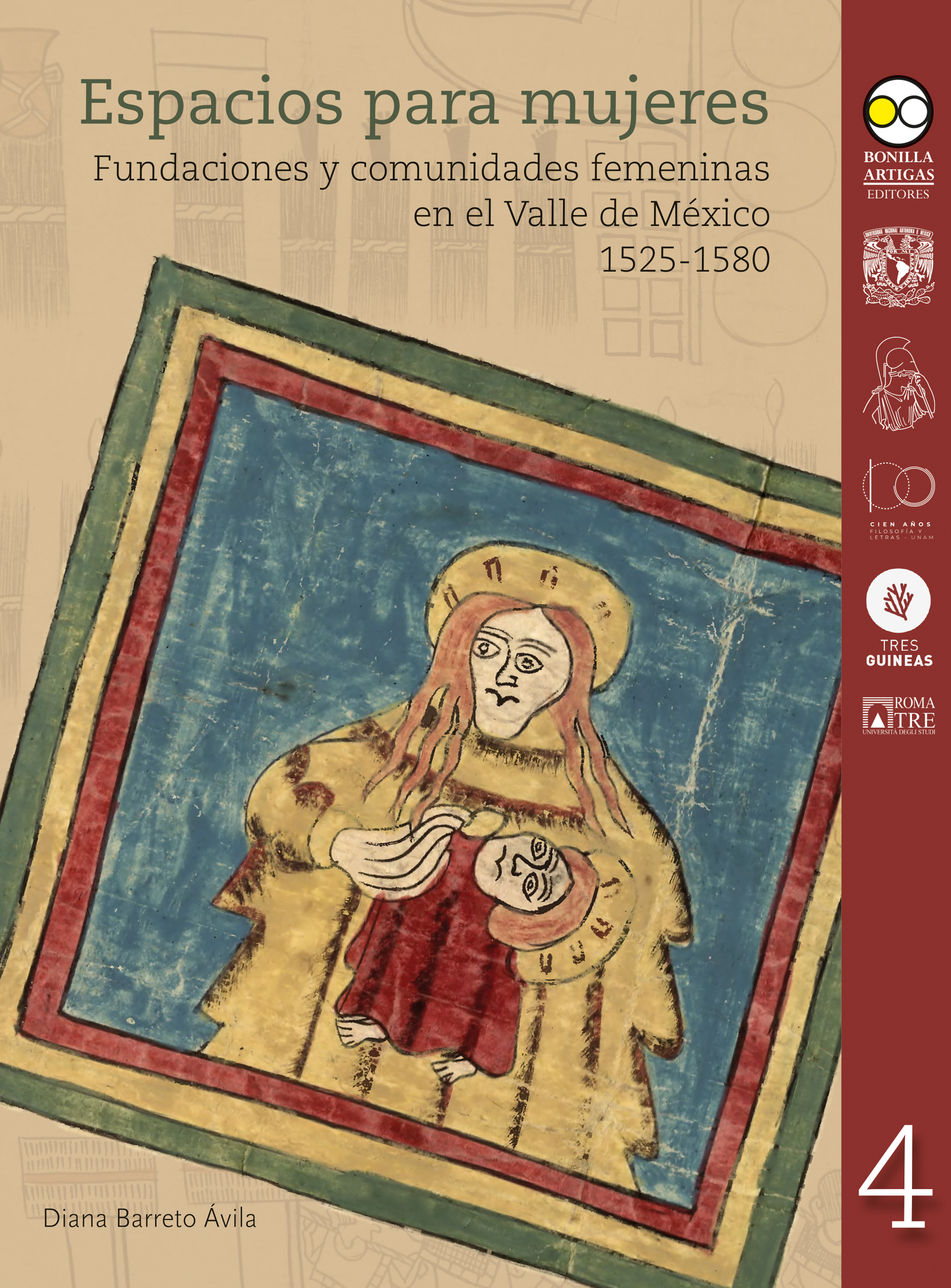 |
Espacios Para Mujeres: Fundaciones y Comunidades Femeninas en el Valle de Méxic Barreto Ávila, Diana Bonilla Artigas Editores |
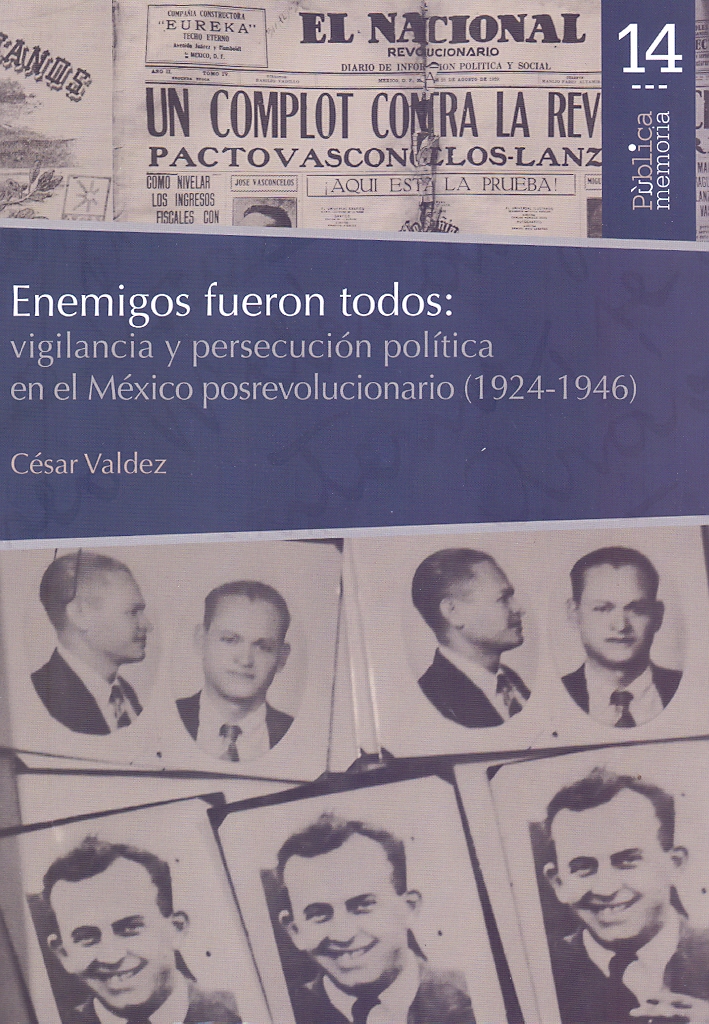 |
Enemigos Fueron Todos: Vigilancia y Persecución Política en el México Posrevoluc Valdez César Bonilla Artigas Editores |
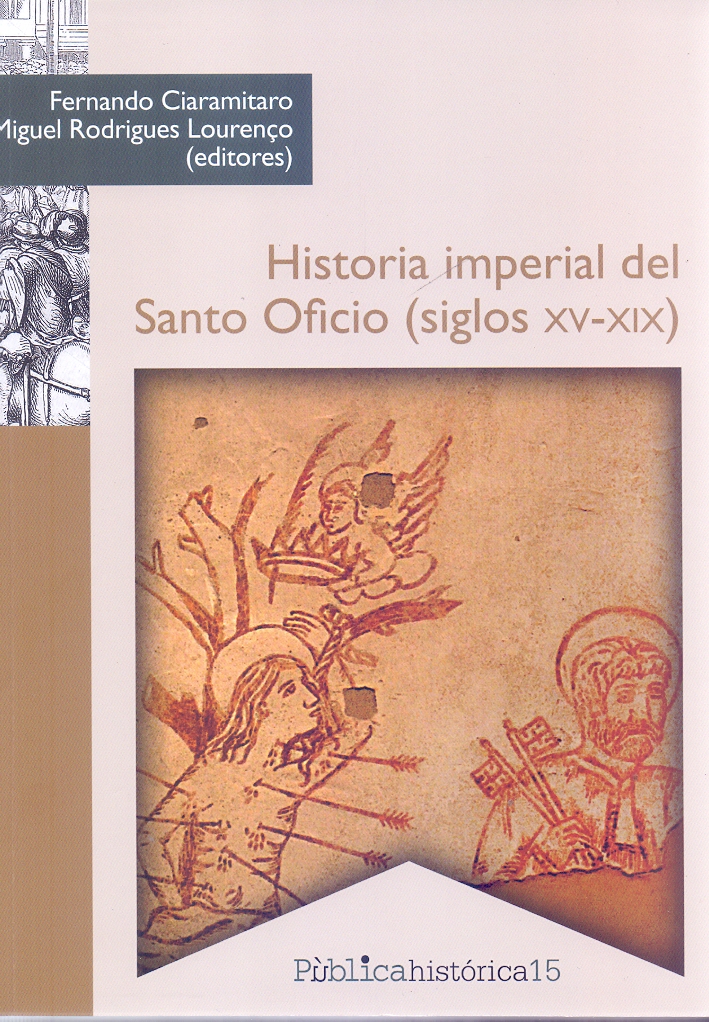 |
Historia Imperial del Santo Oficio (Siglos XV-Xix) Fernando Ciaramitaro, Miguel Rodrigues Lourenço Bonilla Artigas Editores |
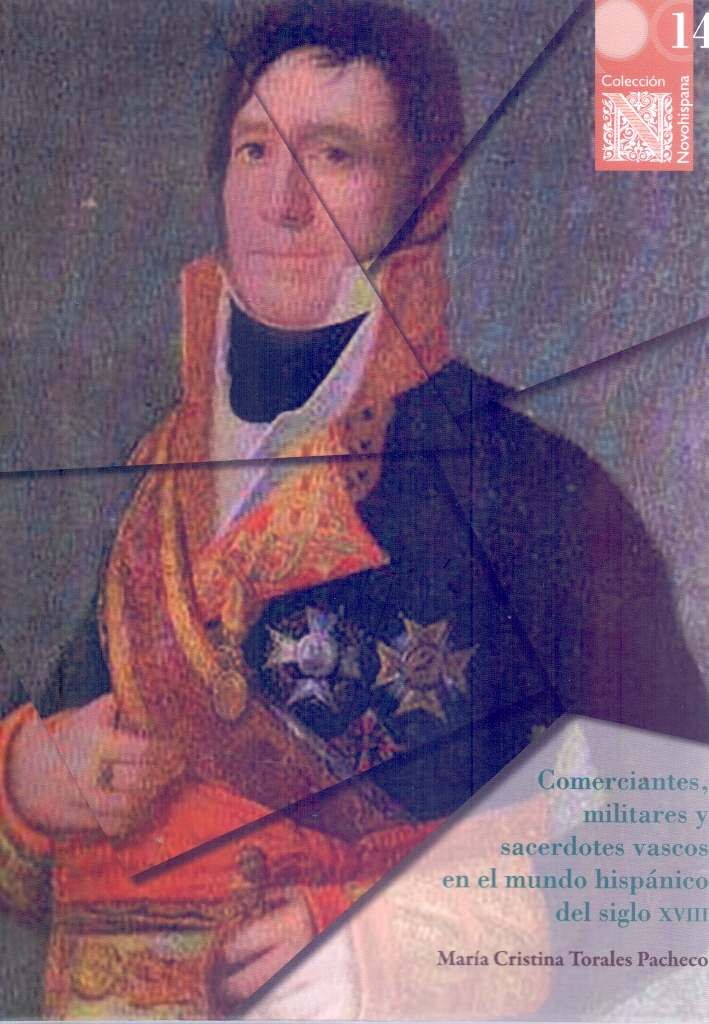 |
Comerciantes, Militares y Sacerdotes Vascos en el Mundo Hispánico del Siglo XVII Torales Pacheco, María Cristina Bonilla Artigas Editores |
 |
El Crisol y la Flama: Grupos Sociales y Cofradías en Pátzcuaro (Siglos XVI y XVI Flores García, Laura Gemma Bonilla Artigas Editores |
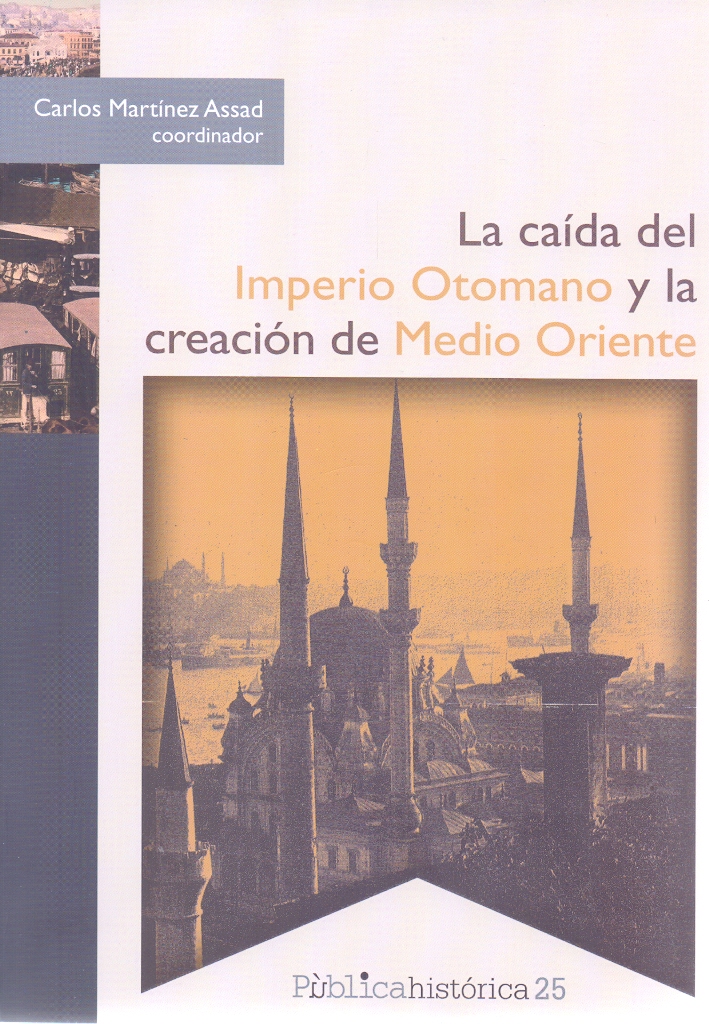 |
La Caída del Imperio Otomano y la Creación de Medio Oriente Carlos Martínez Assad Bonilla Artigas Editores |
 |
Exilio Español y Su Vida Cotidiana en México, El. Serrano Migallón, Fernando; Woldenberg José Bonilla Artigas Editores |


|
Título: The Maya And Their Central American Neighbors | |
| Autor: Braswell e Geoffrey | Precio: $752.00 | |
| Editorial: Routledge | Año: 2011 | |
| Tema: Historia, Cultura | Edición: 1ª | |
| Sinopsis | ISBN: 9780415744874 | |
| The ancient Maya created one of the most studied and best-known civilizations of the Americas. Nevertheless, Maya civilization is often considered either within a vacuum, by sub-region and according to modern political borders, or with reference to the most important urban civilizations of central Mexico. Seldom if ever are the Maya and their Central American neighbors of El Salvador and Honduras considered together, despite the fact that they engaged in mutually beneficial trade, intermarried, and sometimes made war on each other. The Maya and Their Central American Neighbors seeks to fill this lacuna by presenting original research on the archaeology of the whole of the Maya area (from Yucatan to the Maya highlands of Guatemala), western Honduras, and El Salvador.
With a focus on settlement pattern analyses, architectural studies, and ceramic analyses, this ground breaking book provides a broad view of this important relationship allowing readers to understand ancient perceptions about the natural and built environment, the role of power, the construction of historical narrative, trade and exchange, multiethnic interaction in pluralistic frontier zones, the origins of settled agricultural life, and the nature of systemic collapse. |
||
Librería Bonilla SA de CV © Todos los derechos reservados. 2019
Última actualización: Jul 2019



